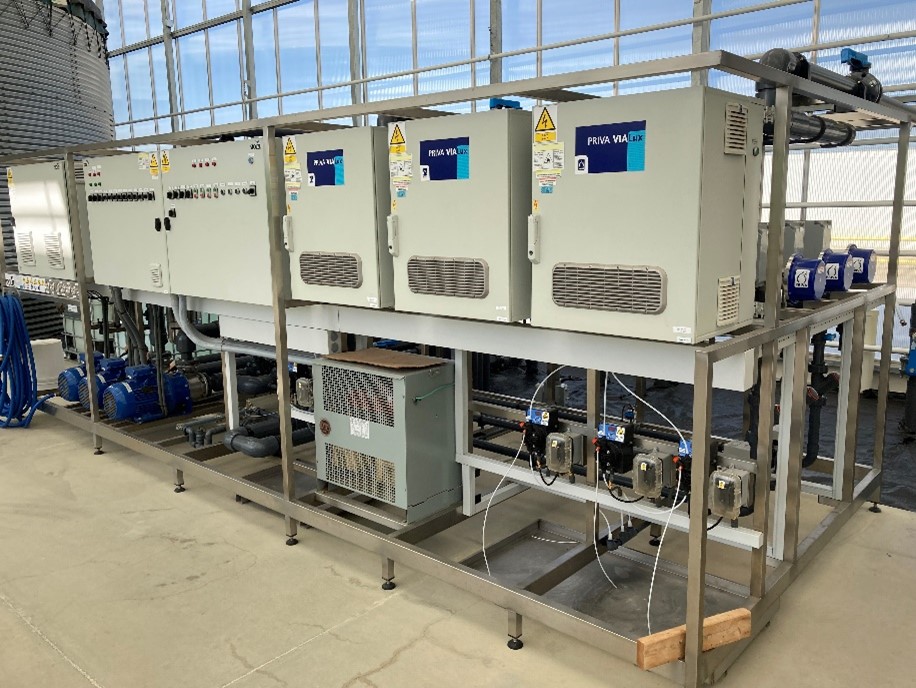5 Useful Tips to Ensure Virus-Free Water
How you can keep a drain water disinfector functioning optimally

Did you know there are risks associated with the reuse of drain water? Viruses and fungi which are present in the drain water can be spread throughout the greenhouse when recirculated. The attention for prevention and control of viruses such as ToBRFV has increased in the recent years. Good prevention also includes disinfection of drain water and maintenance of the drain water disinfector.
The most common techniques for disinfecting drain water are heating and UV and to a lesser extent Ozone. How do you ensure that a drain water disinfector continues to function optimally? We have compiled a list of 5 useful tips: Disinfect the drain water and pump it back to the dirty water tank. Have water samples taken by a laboratory before and after the disinfection system and have them analysed for germ count. If the analysis shows that the disinfection system is functioning correctly, you can start recirculating. A properly functioning disinfection system has a 99.9% disinfection rate. During the growing season the composition of the drain water can change. An analysis of the drain water gives certainty about the effect of the disinfectant. Most disinfection systems have an analogue or digital flow meter. Reduced flow indicates contamination. Most drain water disinfection systems use nitric acid to reacidify the drain water or perform an automatic acid flush It is also important to replace the bulbs once the number of service hours has been reached. These five tips should help you ensure virus-free water.


